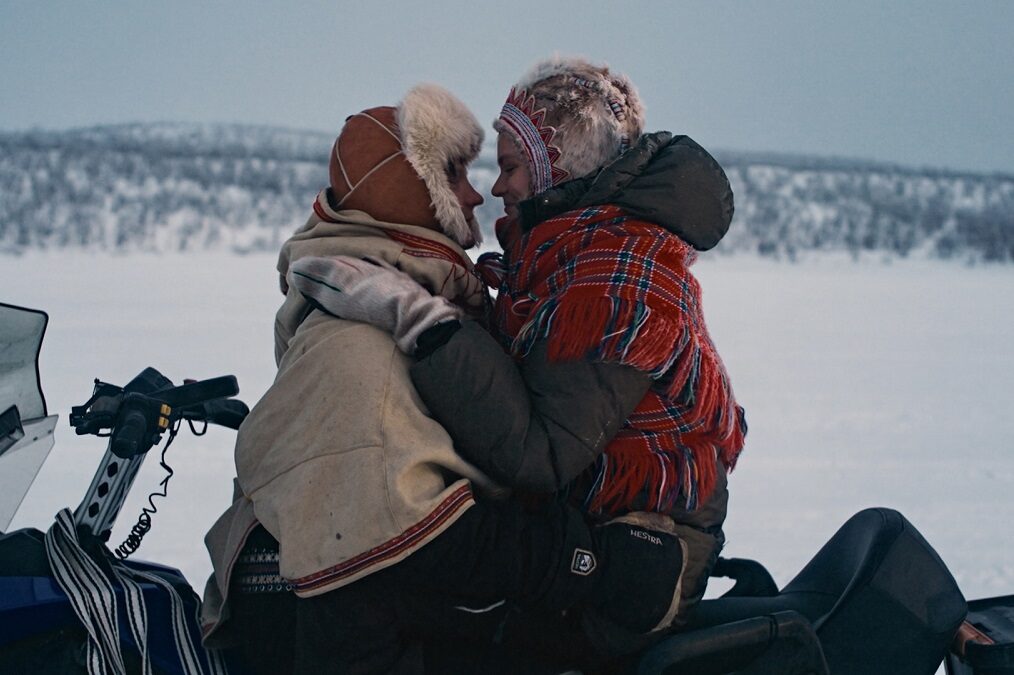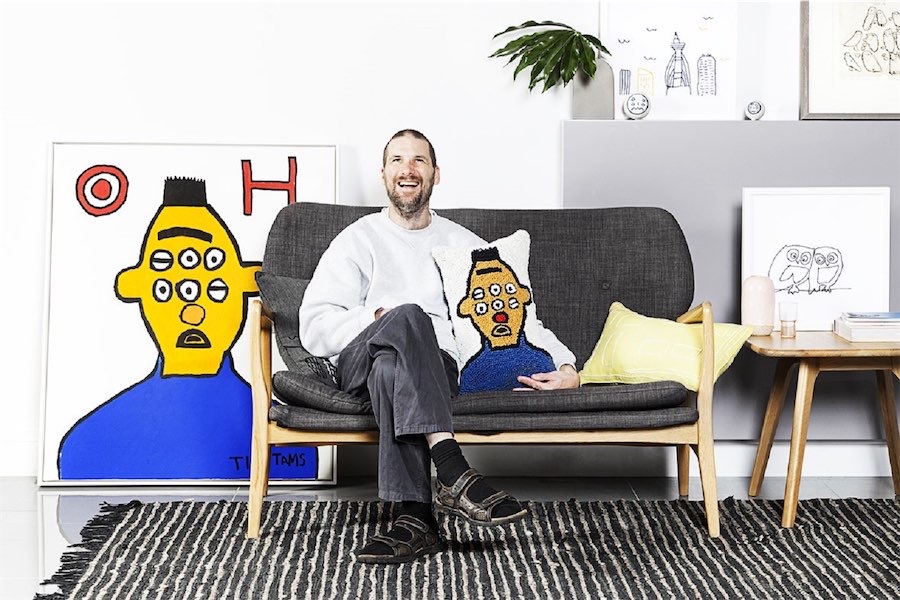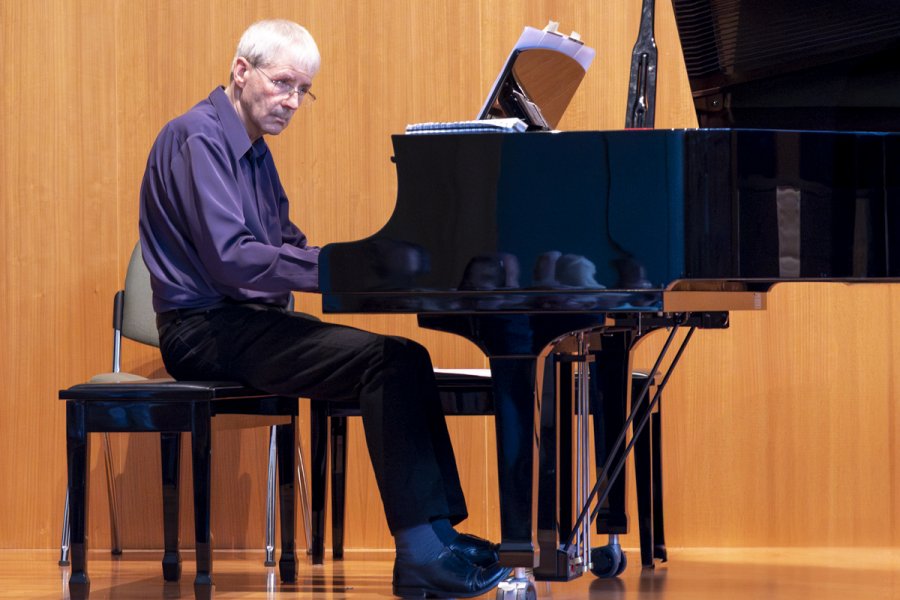
One of the joys of the international film festivals is the experience of a different way of life and the Scandinavian Film festival’s screening of The Tundra Within Me is a perfect example.
This film plunges us into the heart of reindeer-herding communities in an extraordinary part of the world where you can feel the icy winds penetrating your bones.
Apart from some magnificent herding scenes — extraordinary to shoot and facilitated by the filmmaker’s own family, we are introduced to an Arctic Circle love story the between Lena, a Sami girl who sells her herd and goes south to become an artist and Máhtte, a traditional reindeer herder.
We learn about the culture, the conflicts and the matrilineal domination common to the Sami and many indigenous societies.
When I catch up with writer/director Sara Margrethe Oskal by WhatsApp to Tromsø iin northern Norway, where she’s been living for a few years, I find that unlike her heroine Lena in the movie, Oskal is a trained actor, a jester – and not a visual artist at all.
But the familiar opposition of arts to “community” is still there, as we see Lena, now a single mother, heading north with her little son Jonas Ántá for what she thinks will be a short visit to make art.
The film is cast with a mix of professional and non-professional actors, so it is a little bit like the films of Pasolini, with a strange feeling of being half documentary.
As Lena tries to introduce her little son to Sami culture she goes on what Oskal calls “an emotional rollercoaster”, especially in her encounters with two strong women – her dour mother, played by professional actress, and Máhtte’s mother, Gáren who first tries to block the burgeoning relationship but in a twist, helps resolve the story.
“I’m on the side of mothers, I like them being portrayed in a good way,” she says, telling me that she has two daughters and arguing that nobody is perfect.
“I had to tell the Sami story… it’s matriarchal and Sami women were dominant until the 1970s when the Norwegian government stepped in under the Reindeer Act to govern herding and suddenly the men got the licences.”
Among the more extraordinary aspects of the film is its use of the art of joiking, the Sami tradition of chanting through which the singer can conjure up dead loved ones, tell tales of the past or chronicle present-day conflict actions.
It turns out that Oskal has written a doctorate on joiking and she says it’s one of the oldest traditional singing traditions in Europe, going back to non-Christian, animistic origins and originally played with a drum.
“The drums were taken away when Christianity came, but they couldn’t take the joiking away from us,” she says. All the joiks in the film are authentic, some from her mother and one from her uncle, who wrote a special joik.
There are parallels between Oskal’s life and those depicted in this unusual movie.
Like Máhtte she was raised in a family of reindeer herders where joiking was part of her growing up.
Like Lena, she decided to sell the herd she had inherited from her father and headed to Oslo to study the arts.
Her choice of the visual arts in her view fitted into her character’s way of thinking – “she’s a closed-up person” – and allowed a crucial scene in a small Arctic Circle museum where Lena is attacked by fellow Sami artists for being disrespectful.
“Artists can’t please everybody,” she tells me. “It’s always hard to come back to a small village, but she’s lucky to meet Máhtte.”
As a jester, Oskal is particularly interested in identifying the humour in Sami society as she does in the film when her mother — no fan of her daughter’s art — teases the little boy, who shows that he understands the joke.
And there’s the hilarious sex scene where Lena and Máhtte find they are wearing far too many clothes; it take ages to get them off, but love will find a way.
This film takes us into a unknown landscape. You can feel the cold, you can enjoy the fun at the local pub and you can see magnificent animals racing across the tundra.
And you’ll never look at Rudolph, Dasher, Dancer, Prancer, Vixen or any of the others in the same way again.
Scandinavian Film Festival, Palace cinemas, July 25-August 14. The Tundra Within Me, July 26 and 31.
Who can be trusted?
In a world of spin and confusion, there’s never been a more important time to support independent journalism in Canberra.
If you trust our work online and want to enforce the power of independent voices, I invite you to make a small contribution.
Every dollar of support is invested back into our journalism to help keep citynews.com.au strong and free.
Thank you,
Ian Meikle, editor








Leave a Reply